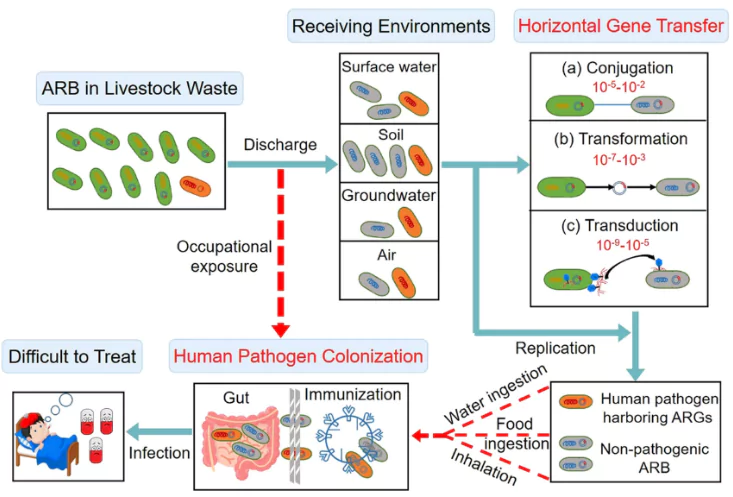![]() 23 Jun 2025
23 Jun 2025

Insect-based livestock feed is gaining attention as a sustainable, cost-effective alternative to conventional feed sources and a potential solution to combat antimicrobial resistance in animal farming.

Indian Council of Agricultural Research (ICAR) efforts on insect feed.
|
|---|

<div class="new-fform">
</div>